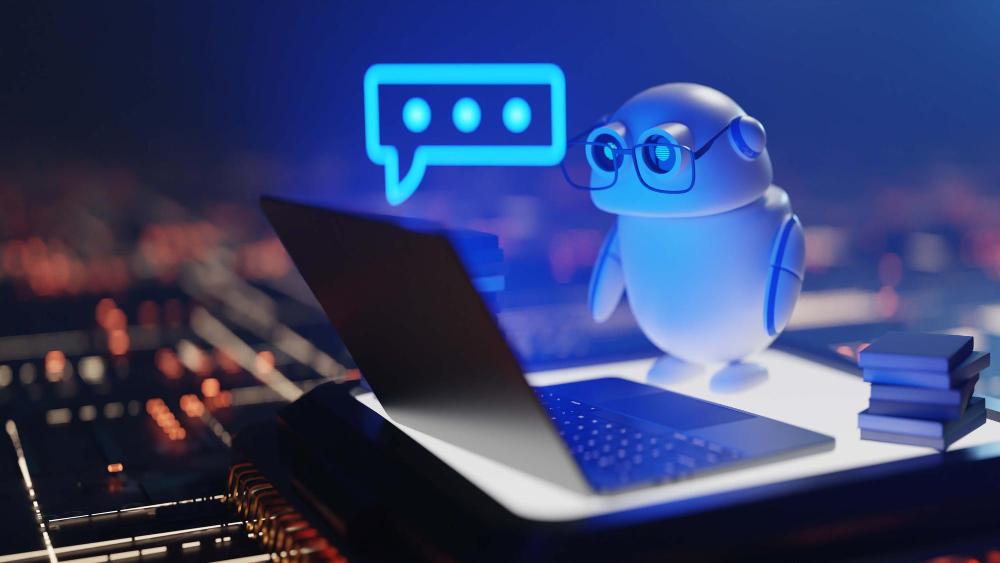OpenAI’s chatbot has undergone significant updates, ushering in a new era with the integration of voice and image-based features. This article delves into the details of these enhancements, highlighting the implications for users and the broader landscape of AI-powered interactions.
OpenAI’s Chatbot Added New Voice and Image-Based Features
OpenAI, a pioneer in artificial intelligence research, has elevated its chatbot capabilities by incorporating cutting-edge voice and image-based functionalities. This strategic move marks a substantial leap forward in the realm of conversational AI, presenting users with a more immersive and versatile experience.
The addition of voice-based interactions introduces a natural and engaging dimension to conversations with the chatbot. Users can now communicate vocally, providing a more dynamic and human-like interaction. This feature not only enhances the user experience but also broadens the applicability of the chatbot across various domains, from virtual assistants to interactive customer support.
Exploring the Enhanced Capabilities of OpenAI’s Chatbot with Voice and Image Functionality
Simultaneously, OpenAI’s integration of image-based features amplifies the chatbot’s understanding of visual content. Users can now input images for analysis, expanding the scope of inquiries and interactions. This functionality holds promise for applications in image recognition, content generation, and visual data interpretation.
These advancements align with OpenAI’s commitment to pushing the boundaries of AI capabilities. The chatbot’s evolution reflects a holistic approach to conversational AI, encompassing diverse modalities to provide users with a more comprehensive and nuanced interaction.
As users navigate through conversations, they can seamlessly transition between text, voice, and image inputs, creating a multimodal conversational experience. OpenAI’s dedication to refining its models and incorporating user feedback underscores its mission to make artificial general intelligence accessible and beneficial to humanity.
In conclusion, the introduction of voice and image-based features to OpenAI’s chatbot signifies a significant milestone in the evolution of conversational AI. Users can anticipate a more interactive, dynamic, and versatile experience, setting the stage for further innovations in the field. OpenAI continues to lead the charge in advancing AI capabilities, paving the way for a future where AI-powered interactions seamlessly integrate into our daily lives.




